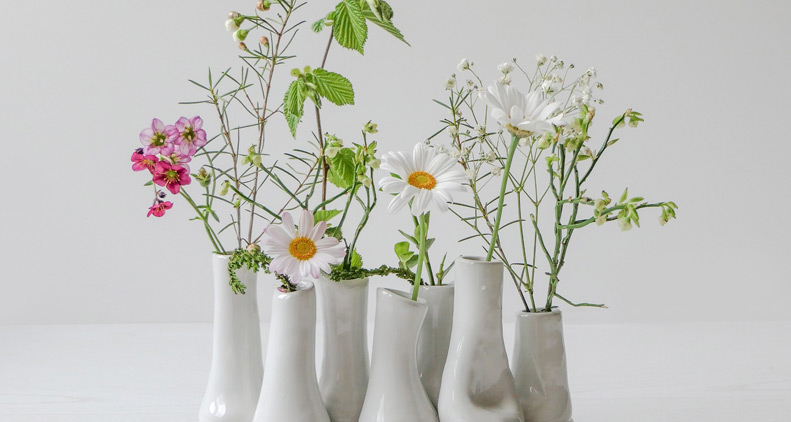Architecture is one of the most essential factors in designing a space and the incorporation of natural foliage can add an element of sophistication to any room. Discussing lighting, using flowers as art, or just how to incorporate them into your space, this blog post will cover all things related to floral design in architecture so that you can achieve that touch of high society.
Why does floral design in architecture matter?
Floral design in architecture is important for a number of reasons. First, it can add a beautiful and unique touch to any space. Second, it can help to create an inviting and welcoming atmosphere. Third, it can help to boost the overall aesthetic of a space. fourth, it can also help to improve the air quality in a space. fifth, it can serve as a form of stress relief for both residents and visitors alike.
How is floral design done?
When it comes to floral design, there are a lot of ways to go about it. The most important thing is to have a clear vision of what you want the end result to look like.
One popular way to add floral design into architecture is by using murals. Murals are a good way to add a splash of color and life into any space. They can be used on both the exterior and interior of buildings.
Another popular way to incorporate floral design into architecture is through the use of friezes. Friezes are often found on the facade of buildings and can really add an extra element of interest.
Of course, there are many other ways to go about incorporating floral design into architecture. It really just depends on your imagination and what you think will look best in the space you have available. Get creative and experiment until you find the perfect solution for your needs.
What are the benefits of using flowers in an architectural setting?
1. Flowers can add a touch of elegance and sophistication to any space.
2. They help to brighten up a room and make it feel more inviting.
3. Flowers can help to create a certain mood or atmosphere in a space.
4. Flowers can also be used as part of a green building design strategy, helping to improve indoor air quality and reduce energy consumption.
What are some examples of these designs?
There are many ways that floral design can be integrated into architecture. Here are a few examples:
1. A building could have a living wall made up of plants and flowers.
2. Interior spaces could feature flower arrangements as part of the decor.
3. A roof garden could be designed with flowers and other plants.
4. Floral designs could be incorporated into sculptures or other pieces of art in a public space.
5. A park or other outdoor space could feature flower beds and other plantings.
Examples of controversies surrounding this topic
One of the most controversial aspects of using floral design in architecture is the cost. Many people feel that it is an unnecessary expense, and that the money could be better spent on more practical things. Others believe that the cost is worth it, because the results can be stunning.
Another controversy surrounds the use of live plants in architectural designs. Some people feel that this is cruel, as the plants are often not native to the area and may not survive in the environment they are placed in. Others believe that this adds a sense of life and vibrancy to a design.
Finally, there is controversy surrounding the idea of using synthetic materials instead of real flowers and plants. Some people believe that this is cheating, as it does not allow for the true beauty of nature to shine through. Others believe that synthetic materials can be just as beautiful as real ones, and can be more durable and long-lasting.

